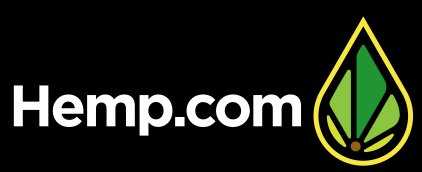Diseases and Pests
More than 50 different viruses, bacteria, fungi and insect pests are known to affect the hemp crop. However, hemp’s rapid growth rate and vigorous nature allow it to overcome the attack of most diseases and pests.
As the acreage of industrial hemp and alternative disease hosts increases in a given area, the population of disease or pest organisms will tend to increase. The following pests have been noted in hemp fields in Ontario. Botrytis cinerea (grey mold) and Sclerotinia sclerotiorum (white mold) are common molds affecting industrial hemp. Sclerotinia also affects edible beans, canola and sunflowers. It has been found on more than 10% of plants where industrial hemp followed canola. Sclerotinia spores (sclerotia) may be spread by combines, other harvesting equipment and straw. Fusarium, the pink mold found on corn and wheat, has been seen on the roots of hemp plants. The effect that an additional host crop will have on the viability of these crops may not be known until industrial hemp is grown more intensively in bean and canola-growing areas.
European Corn Borer has affected some stands in southern Ontario and grasshoppers have done some damage to hemp crops in Northern Ontario. Bertha Army Worm (Mamestra configurata) has been a pest in Manitoba and could find its way to industrial hemp crops in northwestern Ontario.
Other diseases and pests have been identified, with varying degrees of severity, in other provinces.
No pesticides or fungicides are registered for use on hemp in Ontario. Crop rotation would appear to be a good cultural practice to avoid disease build-up until more is known about hemp’s susceptibility to disease organisms. A 4-year rotation is recommended. Do not grow hemp on the same fields following canola, edible beans, soybeans or sunflowers.
Wind and hail damage can be significant to the industrial hemp crop. Tall plants with lots of upper leaf mass can be bent quite easily by mid-to late-summer storms. Broken plants will recover partially if not broken too low. This results in significant variability in plant height and maturity at seed harvest time. Small plants damaged by hail in 1996 recovered quickly and developed quite normally if they were not severed below the first node. Weather stresses may result in higher THC levels in the remaining crop.
Bird damage has been severe in some areas of Ontario and Manitoba. Significant losses in grain yields up to the entire crop have been reported.
Back to growing hemp index | Next: Harvesting hemp for fiber
